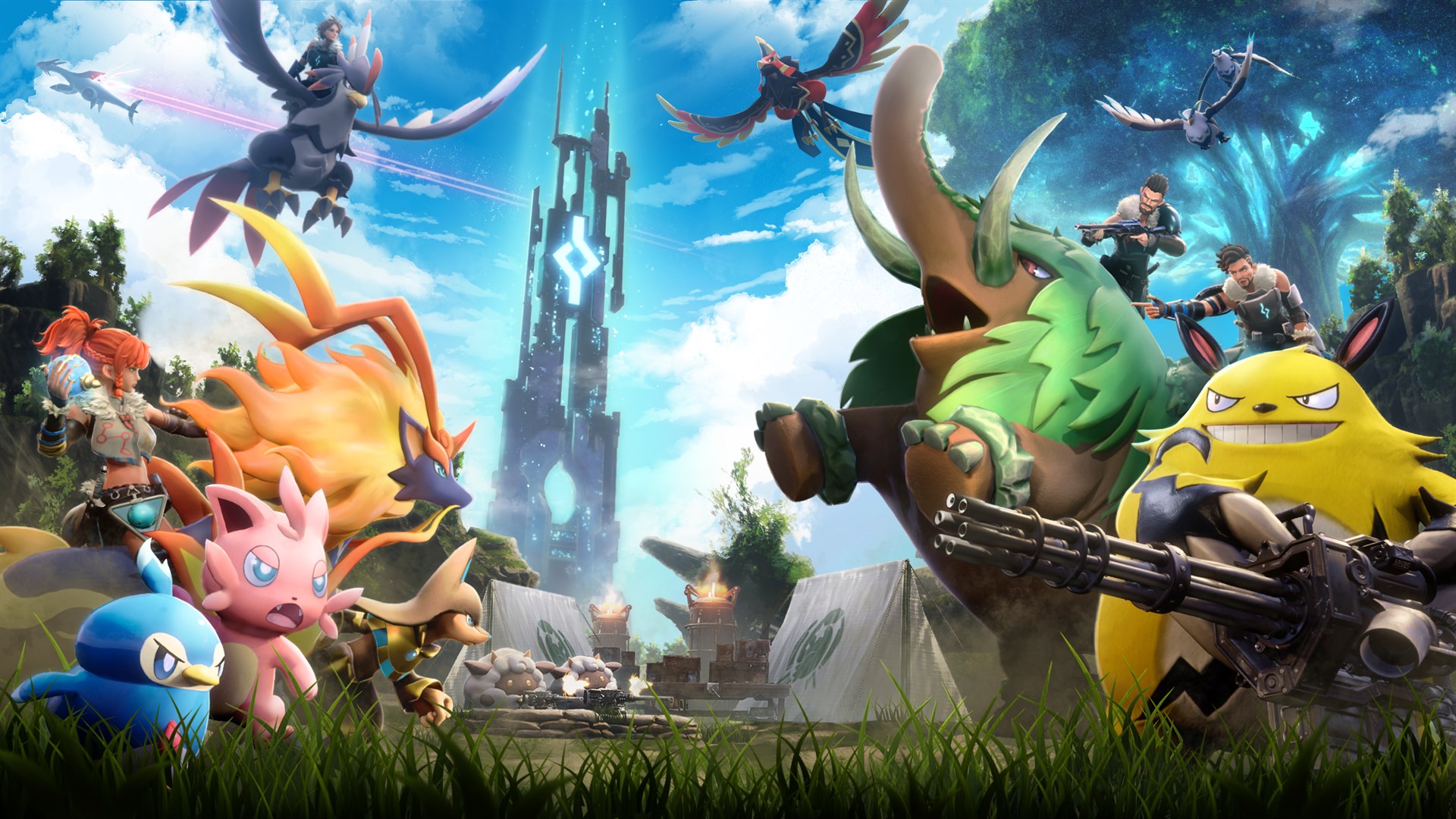Nintendo's Monster-Battling Patent: A Legal Deep Dive

Nintendo's recent US patent grant, following its legal battle with Palworld developer Pocketpair, has ignited a debate within the gaming industry. This patent, potentially revolutionary in monster-battling game mechanics, raises critical questions regarding its enforceability. This in-depth analysis explores the specifics of the patent, examines its potential impact on game development, and delves into the legal complexities involved, considering expert opinions to provide a balanced perspective on its future.
Nintendo's ongoing legal dispute with Pocketpair, the developer of Palworld, has taken a significant turn with the awarding of a new US patent to the gaming giant. This patent, the specifics of which remain undisclosed in detail pending full documentation release, centers around core mechanics within the popular genre of monster-battling games. The implications of this patent are far-reaching, potentially reshaping the landscape of game development and intellectual property rights within this lucrative sector.
Understanding the Patent's Potential Impact
While the exact details of the patent are currently unavailable to the public, its very existence suggests a significant innovation in monster-battling game mechanics. The potential impact hinges on the scope of the protected elements. If the patent covers fundamental aspects of how players interact with and control creatures in these games, it could have a profound and potentially restrictive effect on future game development. Conversely, if the patent covers more specific and niche mechanics, its impact would be considerably less impactful on the wider industry.
Legal Enforceability: Expert Perspectives
The enforceability of any patent hinges on several factors, including novelty, non-obviousness, and utility. Novelty refers to the uniqueness of the invention; it must be genuinely new and not previously known or used. Non-obviousness means that the invention should not be readily apparent to someone skilled in the relevant field. Utility simply means that the invention must have a practical application. A patent that fails to meet these criteria is vulnerable to challenges and may be deemed unenforceable.
Legal experts specializing in intellectual property rights will play a crucial role in determining the validity and scope of Nintendo's patent. Their analysis will consider existing precedents in similar cases, the specific language of the patent claims, and the potential for prior art to invalidate the patent. This process is complex and often lengthy, involving rigorous examination of technical details and legal arguments.
The Broader Implications for Game Development
Irrespective of the patent's ultimate enforceability, its existence raises important questions about the future of innovation in the monster-battling genre. It underscores the increasing importance of securing intellectual property rights within the competitive gaming industry. Developers may need to invest more heavily in patent protection to safeguard their creative work and avoid potential infringement claims. This could lead to a more conservative approach to game design, potentially stifling innovation if developers become overly cautious in their development processes.
The situation also highlights the ongoing tension between protecting intellectual property and fostering creativity and competition. While patents can incentivize innovation by granting exclusive rights to inventors, they can also create barriers to entry and limit the development of alternative approaches. Finding a balance between these two competing goals is a constant challenge for the legal and gaming communities.
Conclusion
Nintendo's new patent, and its implications for the monster-battling genre, remain a subject of ongoing discussion and analysis. The ultimate impact will depend on the specifics of the patent, its enforceability, and the response of other developers in the industry. The case presents a fascinating case study in the interplay of innovation, intellectual property rights, and the legal framework governing the rapidly evolving world of video game development.
